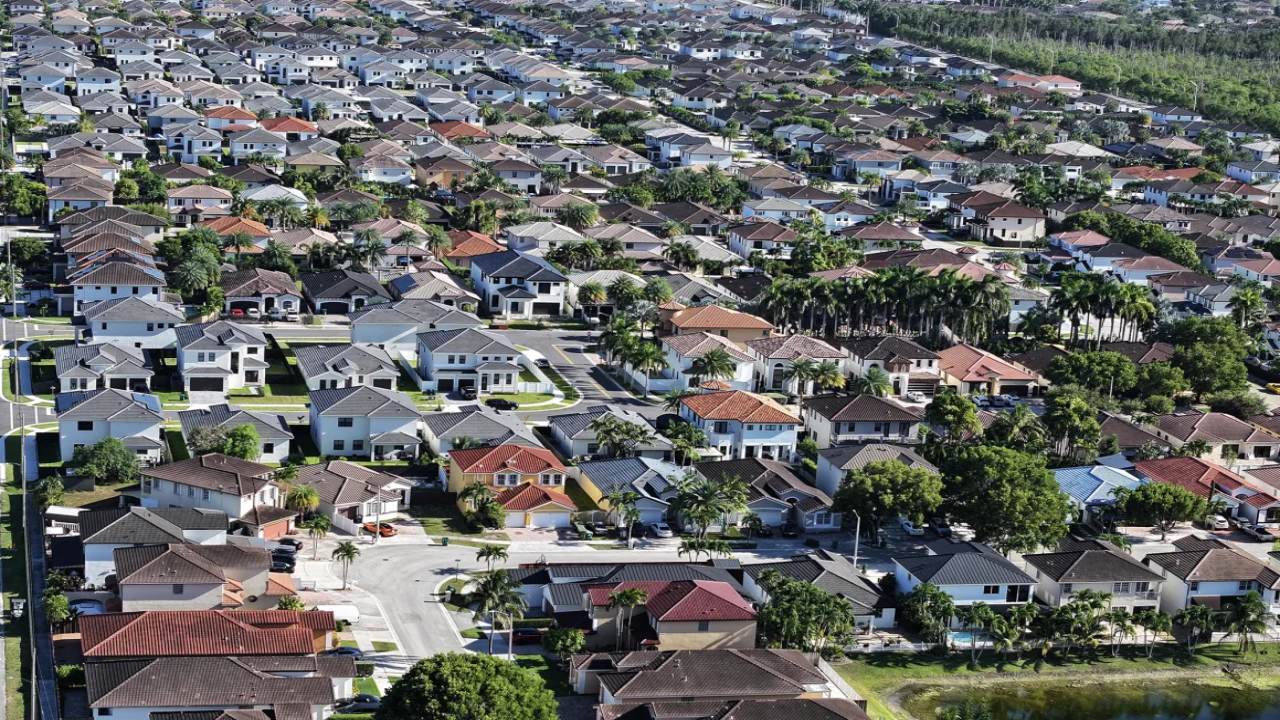Affordability Is in Crisis. The Solution: You’ll Never Own Anything Again
Ohana Magazine – The story behind Affordability Is in Crisis. The Solution: You’ll Never Own Anything Again reflects a major shift in how Americans manage daily life. Prices keep rising, and many people feel squeezed from every direction. To cope, they turn to loans that promise instant relief but hide long-term risks. Seven-year car loans and buy now pay later plans make spending feel easier, even when budgets are tight. The new idea of a 50-year mortgage goes even further and shows how desperate the situation has become. These options do reduce monthly bills, yet they also lock people into long commitments. Many borrowers now fear they will pay off debts for most of their lives. What once felt like temporary help is starting to look like a lifelong burden.
Ultra-Long Loans Offer Short-Term Ease, Long-Term Costs
The 50-year mortgage proposal is a clear sign of how far lenders will go to make payments seem affordable. The lower monthly cost looks appealing to many families. Yet analysts warn that the interest would double or even triple over the life of the loan. Most borrowers would not finish paying it off before retirement. Some may even die before owning the home they worked so hard to buy. A similar trend is happening in the auto market. Seven-year car loans are now common because new vehicles cost more than $50,000. These loans stretch payments out, but they also increase interest and push people into owing more than the car is worth. This cycle creates long-lasting pressure that is difficult to escape.
“Read More : It Used to Be Europe’s Secret Season. Then the Crowds Arrived“
BNPL Makes Everyday Spending Look Easy, but It Adds Up Fast
Buy now pay later programs are everywhere today, from online stores to food delivery apps. They allow people to split purchases into small payments. For many, it feels harmless at first. But small debts add up quickly when used often. Federal Reserve data shows that people with tight budgets rely heavily on BNPL because they cannot afford full prices. Late payments have also increased, especially among younger shoppers. Once they fall behind, the fees and penalties pile up fast. What started as a simple way to buy basic items becomes a cycle of stress. When these small debts combine with big loans, families face financial pressure from multiple directions. It becomes harder to save, harder to plan, and harder to stay ahead.
Household Debt Has Reached Record Levels Nationwide
America’s total household debt climbed to $18.6 trillion this year, the highest on record. Mortgages, student loans, auto loans, and credit card balances all increased. Credit card debt alone hit $1.2 trillion. Many people rely on cards to cover basic expenses, and rising interest rates make it harder to pay them off. Delinquencies are rising, too. More than 3% of borrowers are now 90 days behind on their payments. Student loans show the most alarming trend, with over 14% in serious delinquency. Credit scores are falling at the fastest pace since the Great Recession. Lower scores make borrowing more expensive, which keeps families stuck in the same cycle. Every missed payment creates another hurdle, and the pressure grows month by month.
“Read More : Egypt’s New 155mph Desert-Proof Trains Mark a Historic Leap Forward“
Ownership Is Becoming Harder for the Average American to Achieve
For generations, buying a home symbolized stability and hope. It helped families build wealth and prepare for retirement. But now, high home prices and interest rates make ownership feel out of reach for many younger Americans. A 50-year mortgage may sound like a solution, but it stretches debt far beyond a typical working life. Renting offers freedom and flexibility, yet it does not build equity. Without equity, families lose an important tool for long-term security. The gap between life expectancy and home affordability keeps widening. Many young adults worry they will spend their lives renting and never own a major asset. This shift threatens the traditional path to financial independence.
Debt Is Reshaping Daily Life and Emotional Well-Being
The rise of long-term debt has a deep emotional impact. Families delay major life choices, from having children to pursuing new careers, because money feels tight. Many people describe constant stress while tracking bills and juggling payments. Borrowing used to be a temporary step toward stability. Now it feels permanent. Some workers take extra jobs or extend their working years to manage growing debt loads. Others feel trapped in a system where every solution adds another monthly bill. As ownership becomes rare and debt becomes normal, people feel a loss of control over their future. The emotional toll of this crisis is growing, leaving many Americans tired, discouraged, and unsure of the path ahead.













